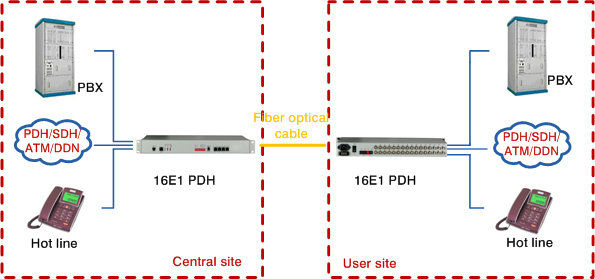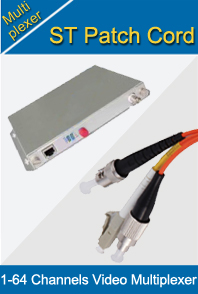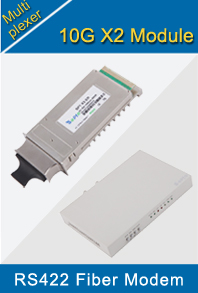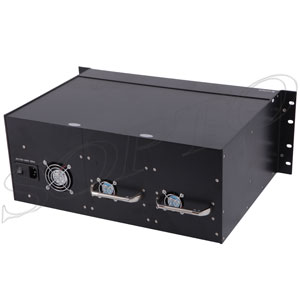-

- Sopto Home
-

- Special Topic
-

- Multiplexer Knowledge
-

- What Are the Functions of a Multiplexer?
Multiplexer Knowledge
- Why is Multiplexing Needed in Data Communication Systems?
- What is Concept of Multiplexing in Telephone System?
- What is Digital TV Frequency?
- Outlook of the WDM Networks
- DWDM Technical Overview
- CWDM Technical Overview
- How to Activate Cable Modems?
- How to Install a Fiber Optic Modem?
- How do I Choose a Best Fiber Modem?
SOPTO Special Topic
Certificate



Guarantee
Except products belongs to Bargain Shop section, all products are warranted by SOPTO only to purchasers for resale or for use in business or original equipment manufacturer, against defects in workmanship or materials under normal use (consumables, normal tear and wear excluded) for one year after date of purchase from SOPTO, unless otherwise stated...
Return Policies
Defective products will be accepted for exchange, at our discretion, within 14 days from receipt. Buyer might be requested to return the defective products to SOPTO for verification or authorized service location, as SOPTO designated, shipping costs prepaid. .....
Applications
Multiplexers can be used to connect PBX, Hot line and other devices of network from central site to user site through fiber optical cable.
SOPTO Products
- Fiber Optic Transceiver Module
- High Speed Cable
- Fiber Optical Cable
- Fiber Optical Patch Cords
- Splitter CWDM DWDM
- PON Solution
- FTTH Box ODF Closure
- PCI-E Network Card
- Network Cables
- Fiber Optical Adapter
- Fiber Optical Attenuator
- Fiber Media Converter
- PDH Multiplexers
- Protocol Converter
- Digital Video Multiplexer
- Fiber Optical Tools
- Compatible
Related Products
Performance Feature
High integration desig
Low power consumption
Good EMC, EMI
Stable and Reliable
Multiplexer Knowledge
Recommended


What Are the Functions of a Multiplexer?
A multiplexer (also called a data selector or mux) is a hardware device that accepts multiple inputs and allows only one to go through as an output. Some multiplexers perform both multiplexing and demultiplexing. Demultiplexing is the opposite of multiplexing, and involves the conversion of one input into multiple output channels.
A multiplexer allows multiple users or applications to share a common physical medium by allocating bandwidth appropriately. Each user is assigned a particular portion of the bandwidth (or a time share), so that the transmission medium is more efficiently utilized. There are four types of multiplexing methods commonly employed, including space division multiplexing, frequency division multiplexing, time division multiplexing and address multiplexing.

Combines Input Signals
The primary function of a multiplexer is to combine various input signals, and generate a single output signal. For instance, a channel bank multiplexer (also called an access multiplexer) is a device that resides on a user premises. Is is programmed to combine multiple data and voice signals and generate one high-speed transmission channel. Access multiplexers are used by various applications and input devices, including high-speed, low-speed, synchronous and asynchronous devices/equipment.
Shares a Single Transmission Channel
A multiplexer allows multiple users or input signals to share a single transmission channel. This is done by signal switching, or allocating a particular interval of time to a single signal before shifting to the next signal/user. This reduces the number (and cost) of cabling and wires required to connect session. A session is a data link between any two devices, such as a computer with a terminal or a computer with a computer.
Allows Data Compression
A multiplexer offers data compression. Data compression is the technique in which the size of a packet of data or information is reduced. This is done by reducing the amount of space (or file volume) required to store data. Data transmission allows data to be transmitted quickly over a transmission channel. A time-division multiplexer, for instance, divides a packet of data into many smaller parts (or frames). These frames are allocated individual time slots, during which they utilize the transmission medium. According to "Information Technology: Principles and Applications", different multiplexed processes therefore transmit their relevant frames in their allocated time slots. Multiplexer data compression increases the capacity of transmission mediums, reduces redundancies and increases throughput.
For more info, please browse our website. For purchasing communication products, please contact a Sopto representative by calling 86-755-36946668, or by sending an email to info@sopto.com.



